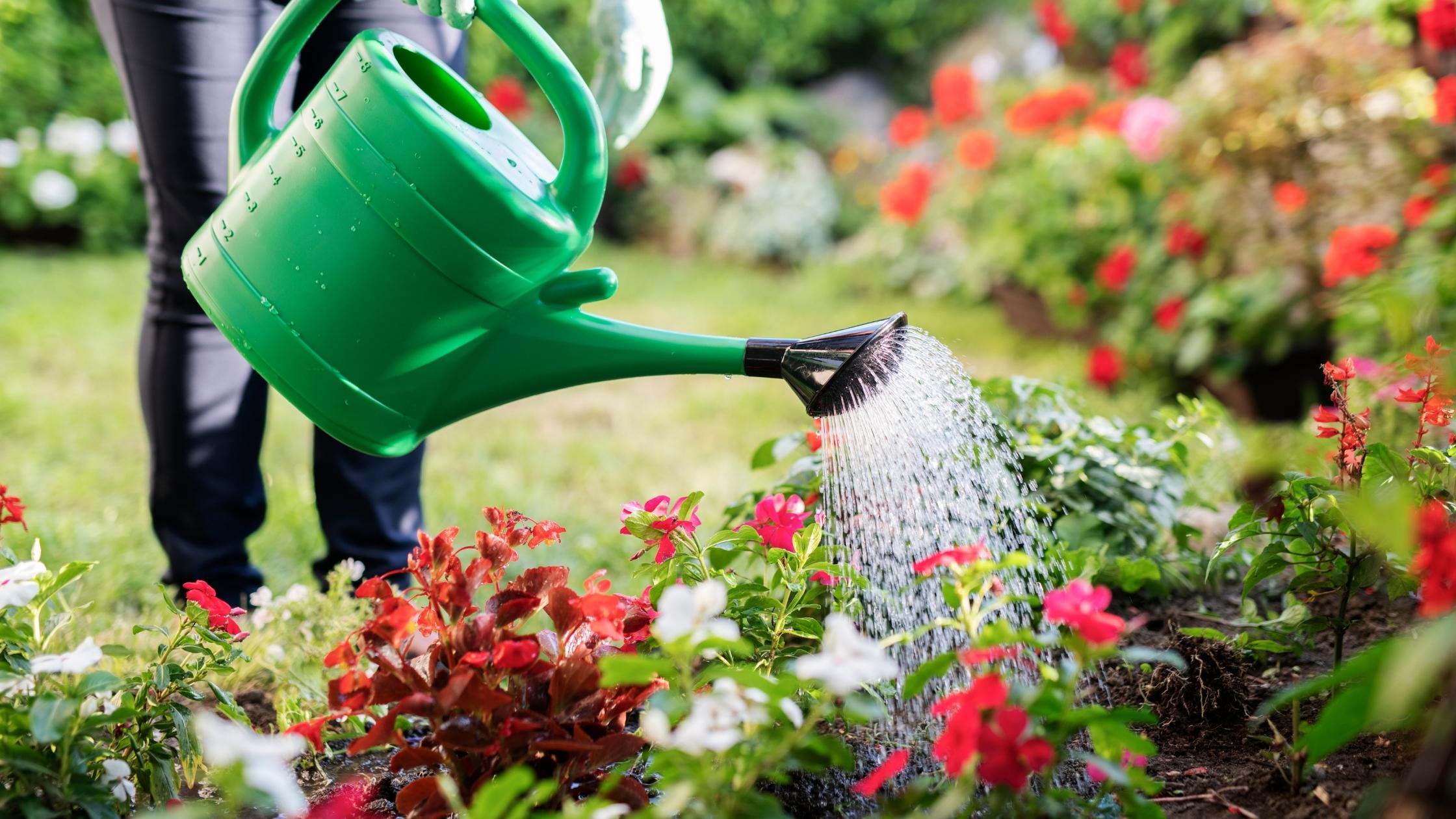Winter can be harsh on your lawn. Freezing temperatures, snow, ice, and foot traffic can leave your grass looking tired, matted, and patchy. But as the weather warms and spring approaches, your lawn is ready for a fresh start. Knowing what to do with your lawn after winter can make all the difference in bringing it back to life for the growing season ahead.
In this article, we’ll walk you through the essential steps to revive your lawn after winter and ensure it thrives through spring and summer.
1. Wait for the Right Time
One of the first and most important things to remember is not to rush into lawn care immediately after the snow melts. The ground may still be saturated and soft, which makes your lawn susceptible to damage. Walking or working on soggy turf can compact the soil and damage emerging grass shoots.
Wait until the soil is firm and the grass begins showing signs of new growth before beginning any maintenance. This often happens when daytime temperatures consistently stay above 50°F (10°C).
2. Clean Up Debris
Once your lawn has dried out a bit, it’s time to do some spring cleaning. Over the winter, leaves, branches, and other debris can accumulate and block sunlight and air from reaching your grass.
Use a leaf rake or a leaf blower to clear away:
-
Dead leaves
-
Twigs
-
Trash
-
Animal waste
This helps prevent fungal diseases and allows your lawn to breathe.
3. Rake Out Dead Grass and Thatch
Winter often leaves behind dead grass and thatch—a layer of decaying organic material between the soil and live grass. While a thin layer of thatch is beneficial, too much (more than ½ inch) can prevent water, nutrients, and air from reaching the soil.
Use a dethatching rake or a regular leaf rake to gently loosen and remove matted grass and excess thatch. This also helps lift the grass blades and promotes better growth.
4. Inspect for Damage
Look for areas that are:
-
Brown or bare
-
Waterlogged
-
Thinned out
-
Compacted by foot or vehicle traffic
These spots may need extra care, such as reseeding or aeration. Identifying problem areas early allows you to take action before weeds or pests move in.
5. Test Your Soil
Before adding any fertilizer or soil amendments, it’s a good idea to test your soil’s pH and nutrient levels. You can purchase an at-home test kit or send a sample to a local agricultural extension service.
Healthy lawns generally prefer a soil pH between 6.0 and 7.0. If your soil is too acidic or alkaline, you may need to add lime or sulfur accordingly. A soil test will also tell you whether your lawn needs nitrogen, phosphorus, or potassium.
6. Aerate If Needed
If your lawn is heavily compacted—often the case in high-traffic areas or clay soils—aeration can help. Aerating creates small holes in the soil, allowing water, nutrients, and oxygen to reach the root zone more effectively.
You can rent a core aerator, which removes small plugs of soil, or hire a professional. The best time to aerate cool-season grasses is in early spring or fall, while warm-season grasses are best aerated in late spring.
7. Overseed Bare Spots
Patches of grass that didn’t survive the winter can be revitalized with overseeding. Choose a seed variety that matches your existing lawn and is suitable for your climate.
Steps for overseeding:
-
Loosen the top layer of soil in the bare area.
-
Spread the seed evenly.
-
Lightly rake it in and add a thin layer of compost or topsoil.
-
Keep the area moist until the grass establishes.
Overseeding improves lawn density, reduces weed invasion, and enhances overall appearance.
8. Fertilize Appropriately
After a long winter, your lawn can benefit from a boost of nutrients. However, timing and product choice are important.
Use a slow-release fertilizer designed for spring application. It’s generally best to wait until the grass has started growing again and has been mowed once or twice. This ensures the grass is actively taking up nutrients.
Avoid applying too much nitrogen early in the season, which can lead to rapid top growth at the expense of root development.
9. Control Weeds
Weeds tend to take advantage of thin or stressed lawns, especially in early spring. Applying a pre-emergent herbicide in early spring can help prevent crabgrass and other weeds from germinating.
If weeds are already visible, use a post-emergent herbicide or hand-pull them. The best defense against weeds is a thick, healthy lawn that crowds them out naturally.
10. Tune Up Your Lawn Mower
Before your first mow of the season, make sure your lawn mower is ready. A clean, sharp blade makes clean cuts that reduce lawn stress and disease risk.
Checklist for mower maintenance:
-
Sharpen or replace the blade
-
Change the oil
-
Clean the air filter
-
Check tire pressure
-
Fill with fresh gasoline
Set the mower blade to the appropriate height—usually around 2.5 to 3 inches for most grass types.
11. Begin Mowing Regularly
Once your grass starts growing, it’s time to start mowing—but don’t cut it too short. Cutting more than one-third of the grass height at once can stress the plant.
Mow regularly to encourage healthy, dense growth. Leave grass clippings on the lawn as they return nutrients to the soil (a practice known as grasscycling).
12. Water Wisely
Early spring usually brings rainfall, so additional watering may not be necessary at first. However, once temperatures rise and rain decreases, ensure your lawn gets about 1 to 1.5 inches of water per week (from rain or irrigation).
Water deeply and less frequently to encourage deep root growth. Early morning is the best time to water to reduce evaporation and prevent fungal issues.
